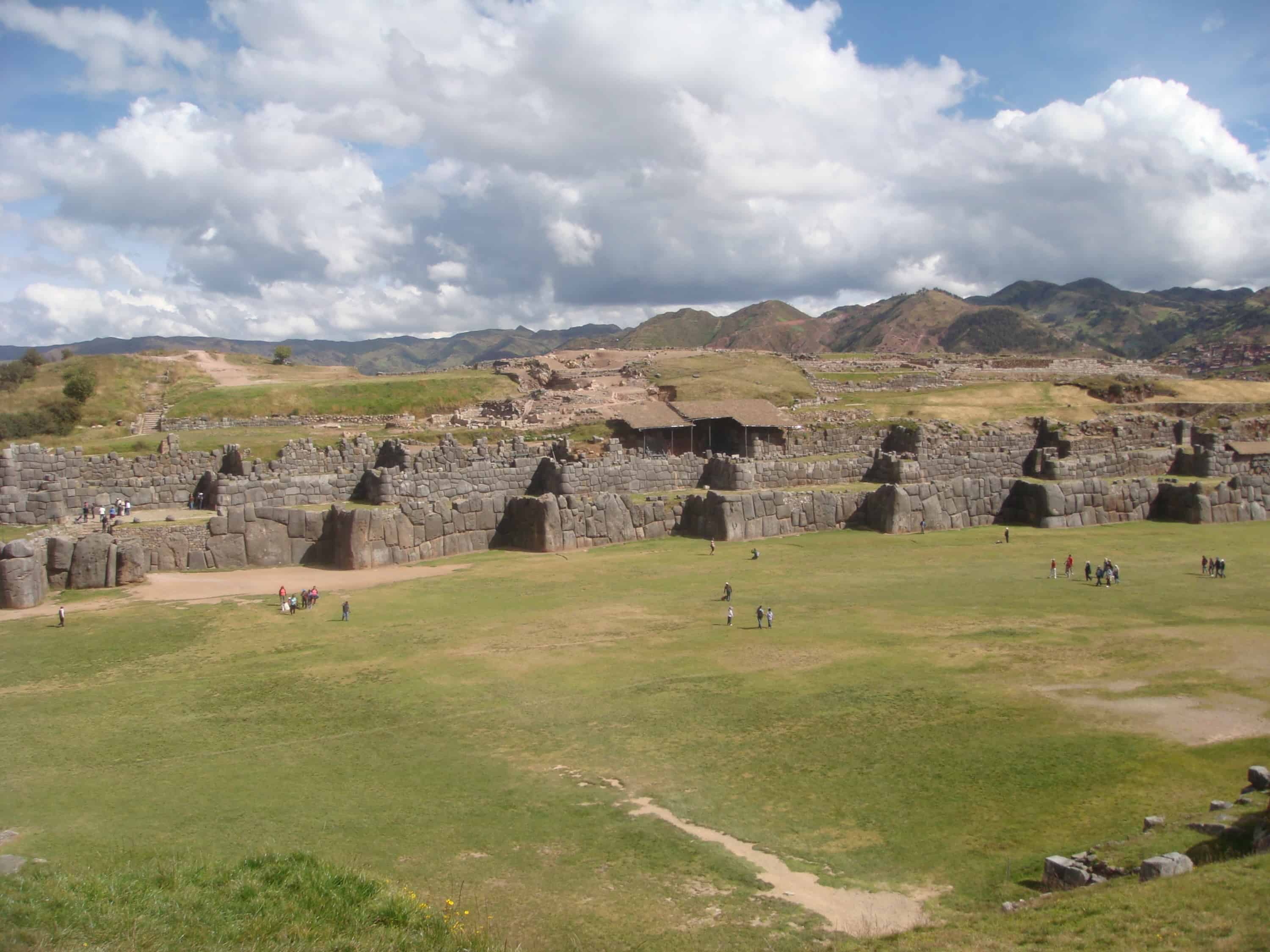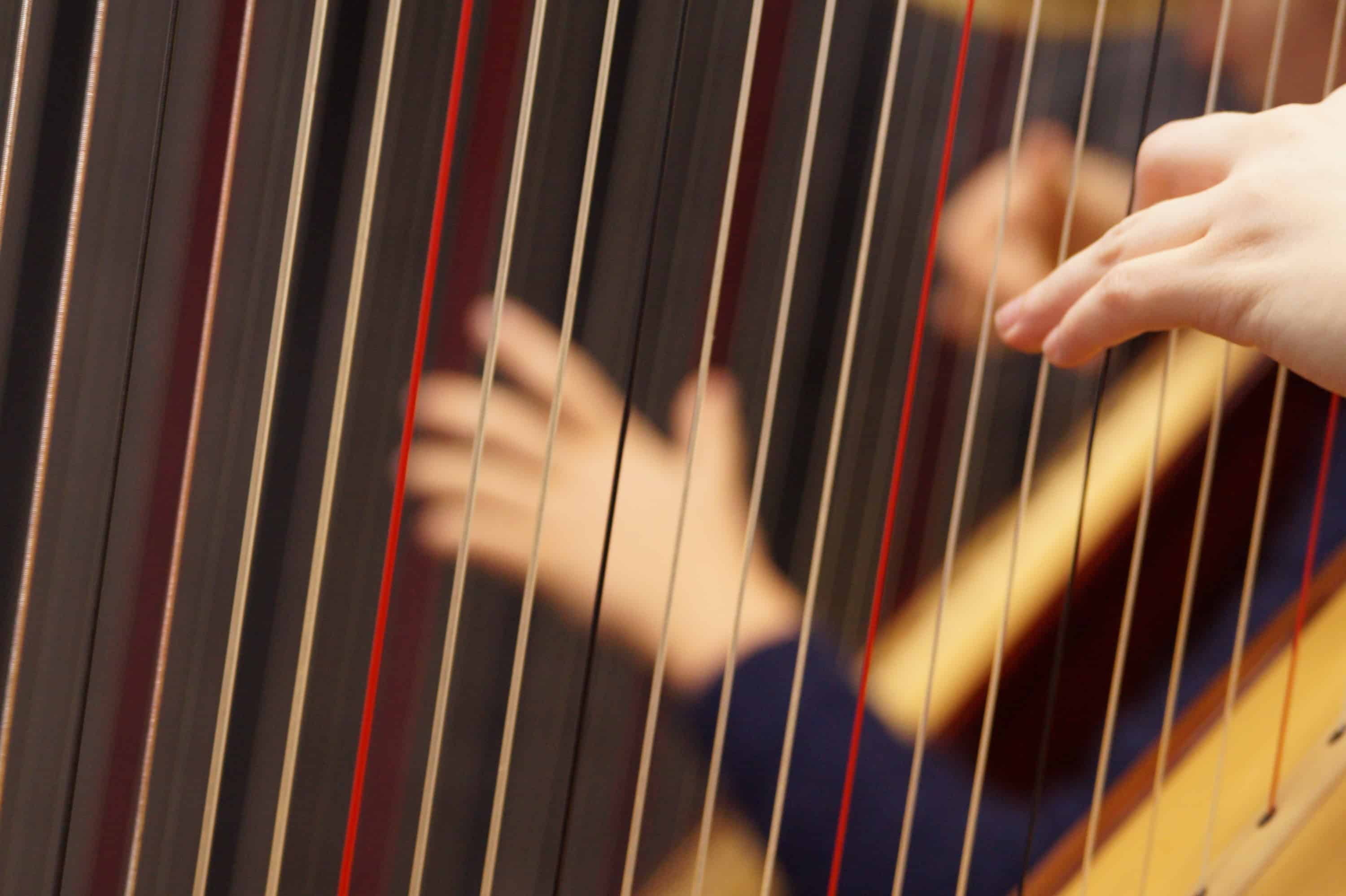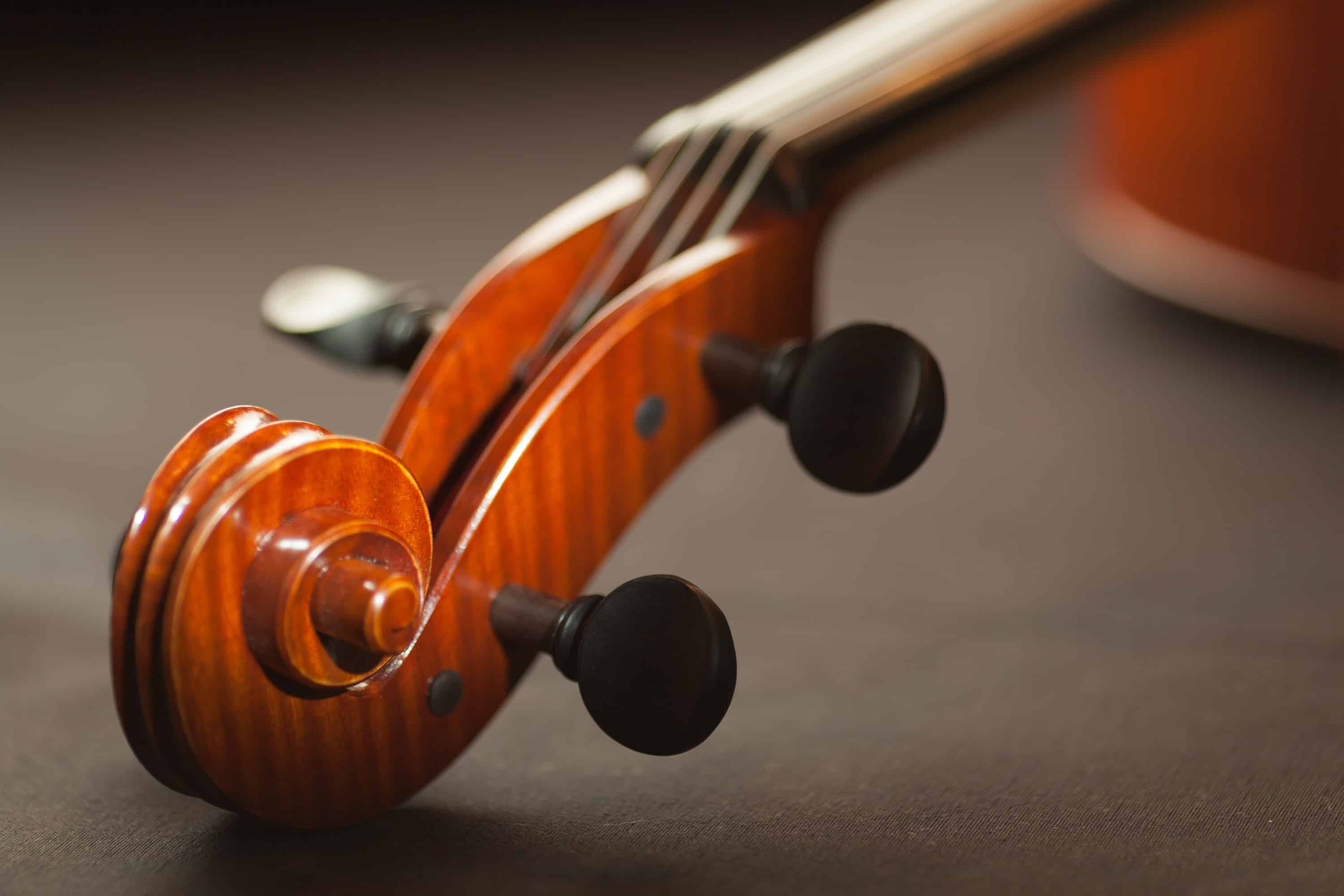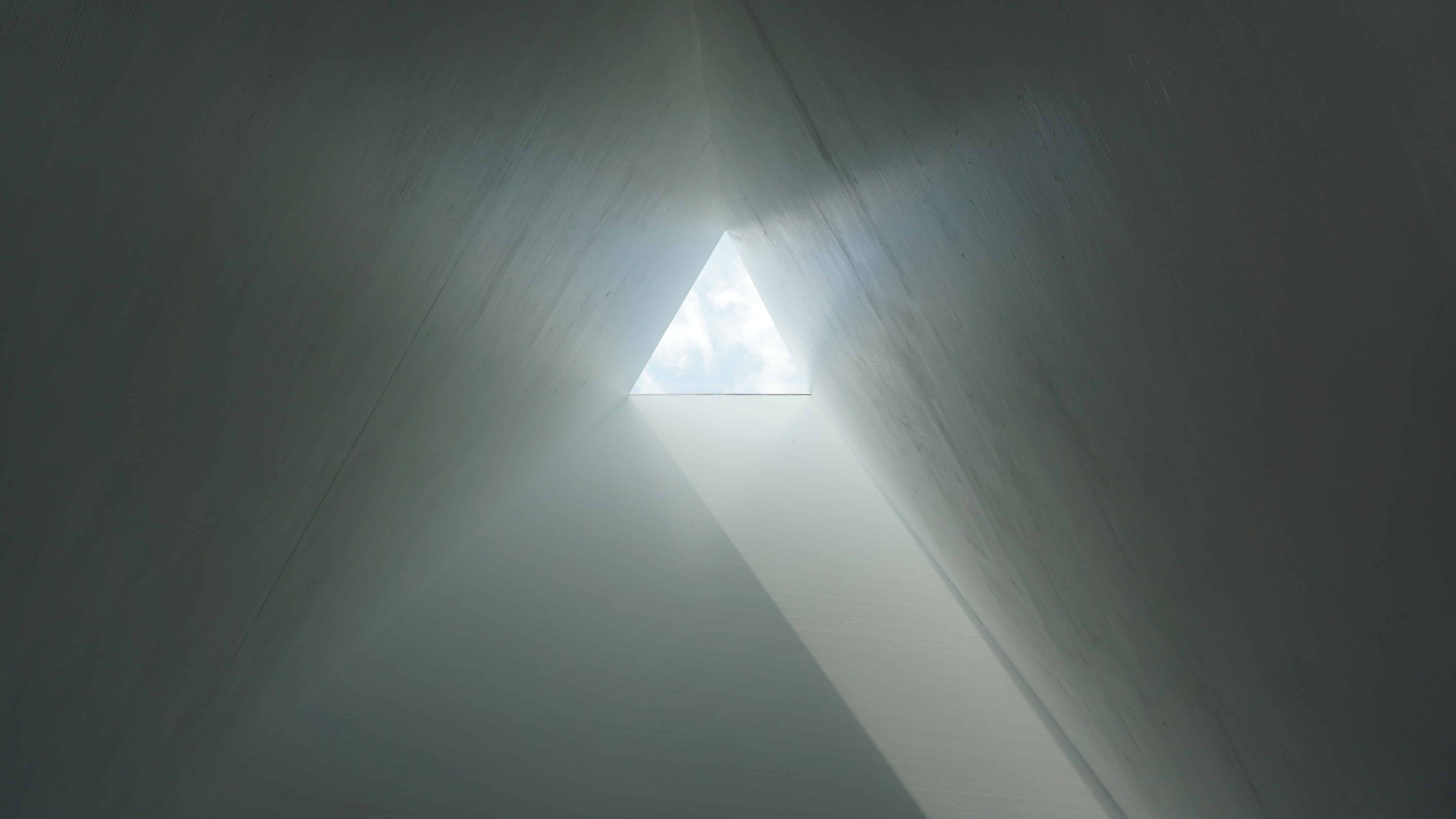Acoustic Composition 10
Tibetan Songs (2004/2016)
Four Movements for Solo Piano
Ian Buckle (24/09/2021)
Tibetan Buddhist teachings, prayers and daily offerings inspired this collection of four short movements (songs without words) for solo piano.
The first two movements were edited and rescored in March 2016. The second movement was recomposed (again) during April – June 2016, when the third and fourth movements (songs) were added. Each of the four movements is approximately three minutes in length.
I. If only we had more time . . .
The first movement was originally composed in 2008 as an alternate sketch within the orchestral score for An Acoustic Mandala for the Fourteenth (2nd Chant). The piece was revised slightly and part re-notated in May 2010 (and again in 2016). It is a melancholy reflection in a contemporary campanella style, but with occasional (and often subdued) rays of optimism, regret and aggression.
II. Should we just accept things the way they are?
First sketches for this work (originally entitled 2434) date back to September 2004. The piece went through a variety of forms and instrumentation until it was finally reduced to a piano arrangement, revised and recomposed in reference to its new title and place within this collection in May 2010. Revisions kept as much of the original material as possible, but rhythms, notation, pacing and tempo were all radically adjusted to fit the narrative implied by the new title. The movement was further recomposed (twice) during March – June 2016.

III. Recollections and Reminiscences
(faces and places from home)
Composed around fragments and sketches salvaged from Melancholy Daydreams (2004), which has since been withdrawn. The original material for this movement was radically rearranged, reconceived and expanded during 2016, but the music still retains influential elements of the raw dissonant harmony and more emotionally energetic style of earlier compositions from the composer.
IV. Regardless of the Past, We Must Look to the Present . . .
This reflective and poignant final movement was also composed around fragments salvaged from Melancholy Daydreams (2004). Like previous movements in this collection, the rhythmic textures make reference to the ticking of chronometric time and the cycle of daily life.
The persistent continuity of passing linear time and its relationship to the non-linear way we store and recall personal memories of that ‘passing time’ is a consistent theme within the narrative of this collection, influencing the form and character of the music throughout.


















































